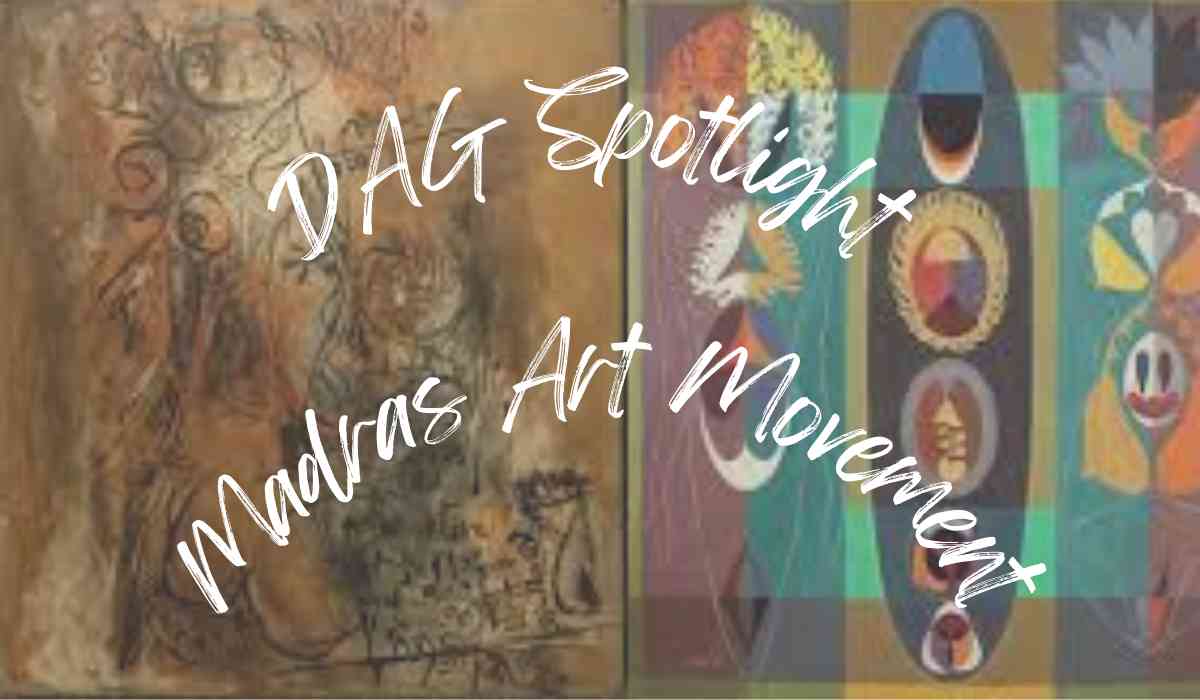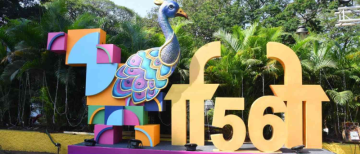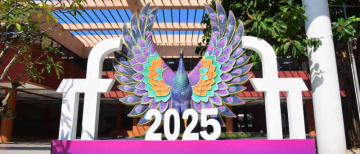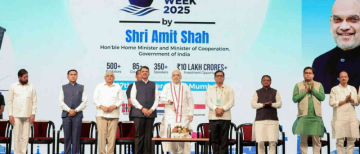In the bustling Indian art scene, among noticed movements such as the Bengal School and the Progressive Artists' Group, there is a hidden gem: The Madras Art Movement. DAG's latest show, "Madras Modern: Regionalism and Identity," exposes this long-forgotten narrative and provides information into South India's cultural legacy.
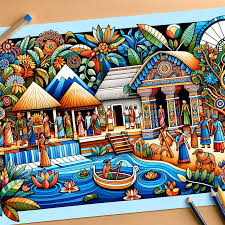
The Evolution of South Indian Art:
The Madras Art Movement, founded in 1850 at the Government School of Arts and Crafts, combines history with innovation in South Indian art. However, the movement did not completely blossom until the 1960s, when it was led by visionary figures such as DP Roy Chowdhury and KCS Paniker. They rejected colonial standards and advocated for a nativist agenda, opening the way for an age of culture.
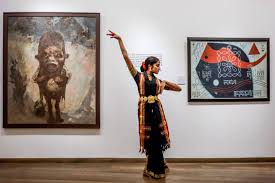
Pioneers of the Madras Art Movement:
It includes DP Roy Chowdhury, KCS Panicker, and J Sultan Ali. Their artworks, rich in local folklore and mythology, became the movement's signature, rejecting Western aesthetics and expressing a distinct South Indian identity.
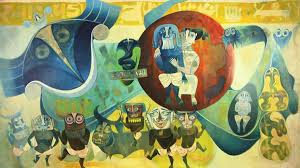
Themes in Madras Art:
The exhibition of Madras art features a diverse range of themes, including vivid canvases representing rural life and elaborately carved sculptures inspired by temple architecture. Spirituality, societal reform, and cultural legacy are major themes in each sculpture, providing a glimpse into the Madras Art Movement's essence.
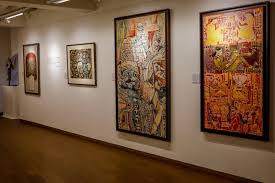
Significance of the Madras Art Movement:
The Madras Art Movement had a significant impact on Indian modernism while being eclipsed by other movements. It challenged traditional concepts of art by emphasizing regional iconography and cultural identity, paving the door for a more inclusive narrative of Indian art history.
As visitors walk through the exhibition halls, they are transported to a world where history meets innovation, and local stories sound on a worldwide scale. The artworks on display demonstrate South Indian artists' persistence and originality, reviving a neglected period in Indian art history.
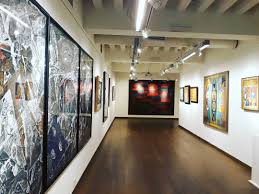
As the exhibition concludes on July 6, it leaves a lasting impression, instilling a renewed appreciation for the Madras Art Movement and its everlasting legacy. In a world where art is frequently assessed by financial success or critical acclaim, DAG's effort offers a ray of hope for preserving and honoring India's unique cultural legacy.
Inputs: Agencies
Image Source: Multiple agencies
© Copyright 2024. All Rights Reserved Powered by Vygr Media.

